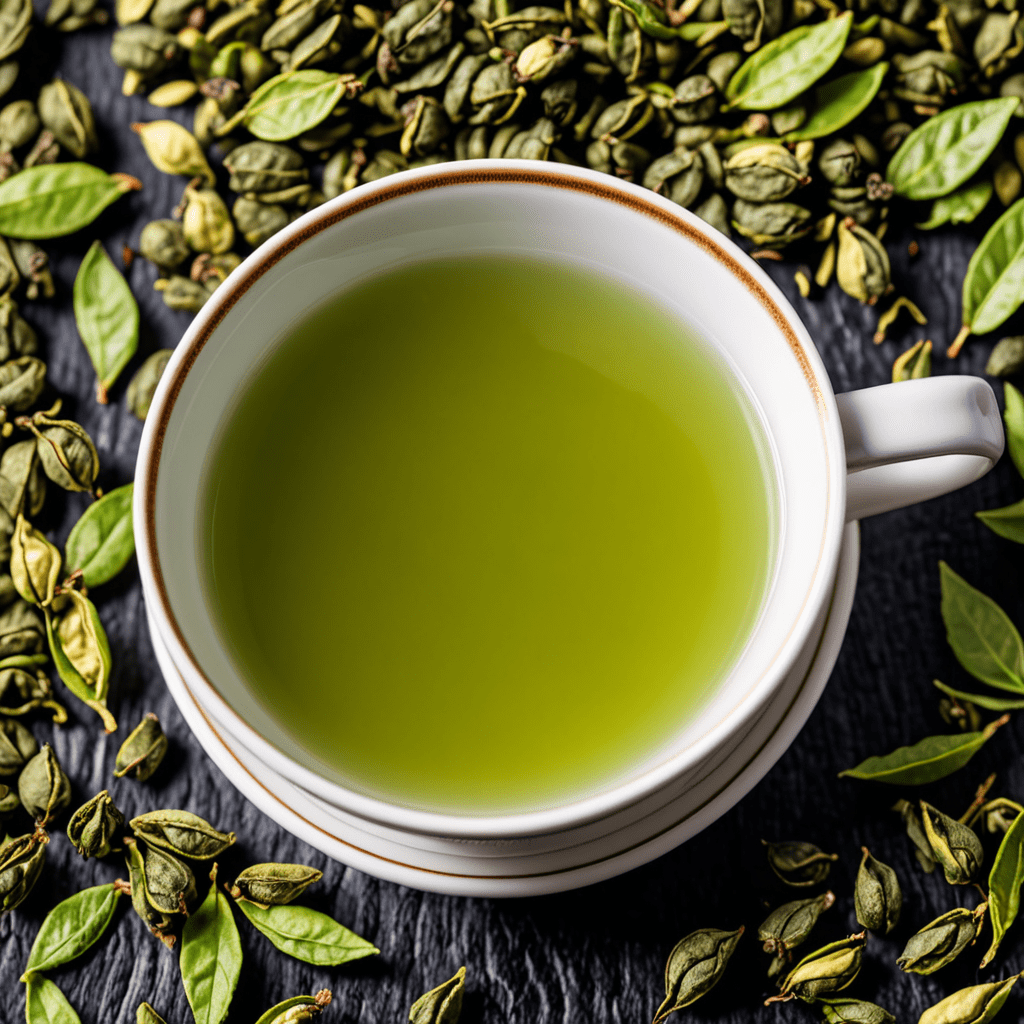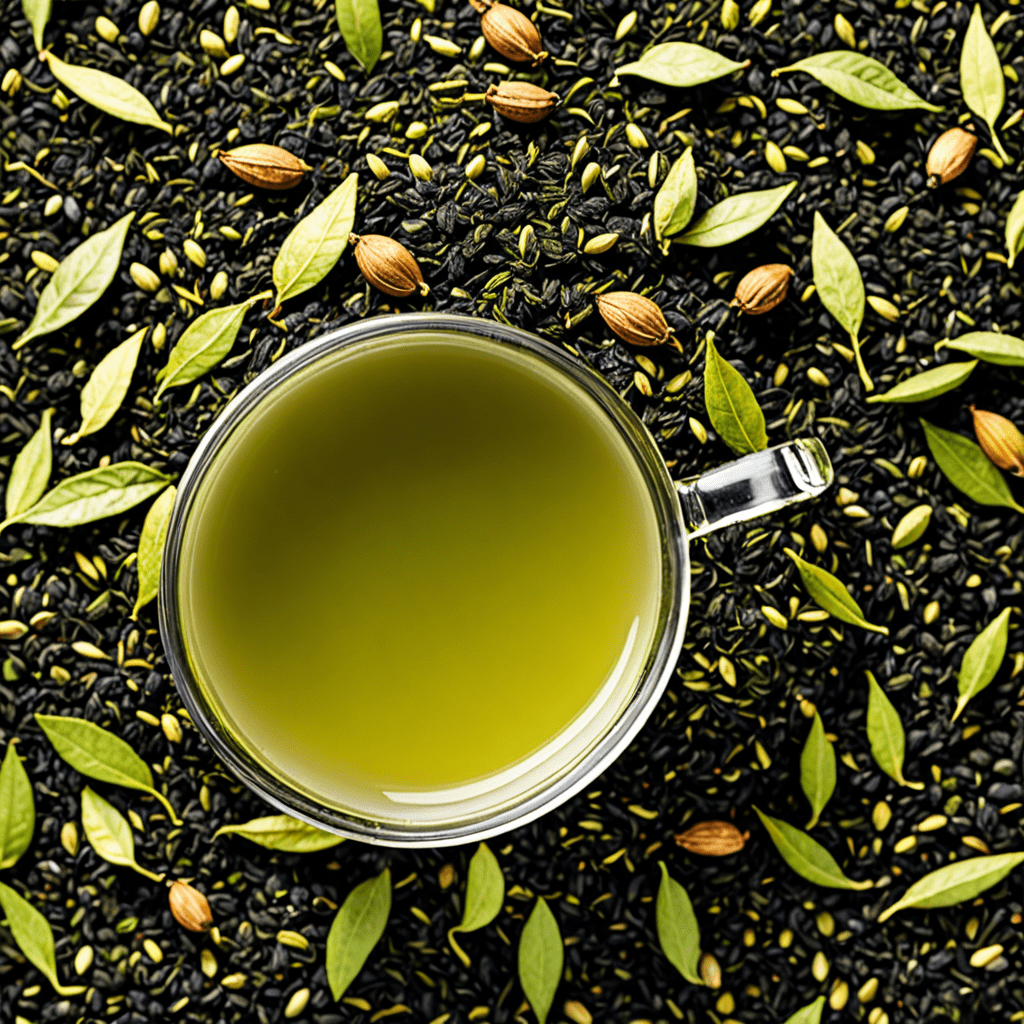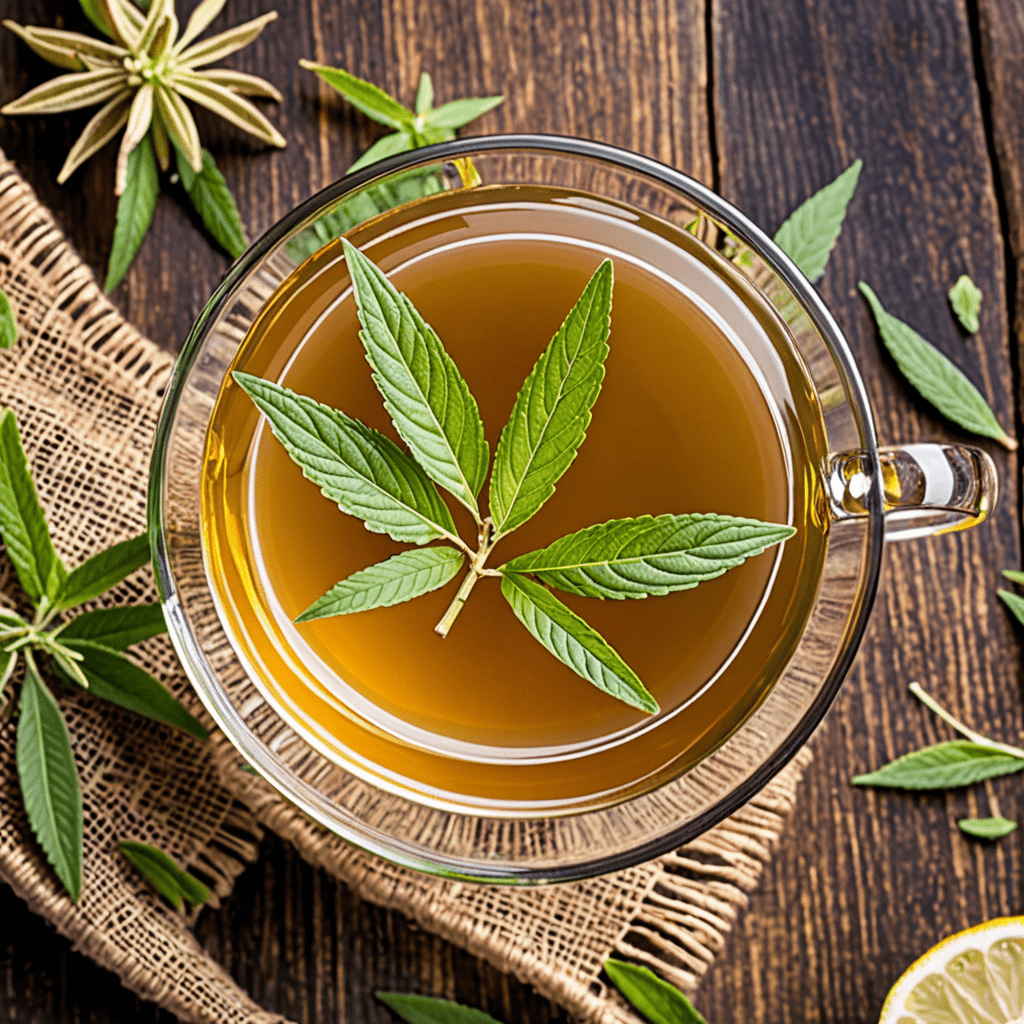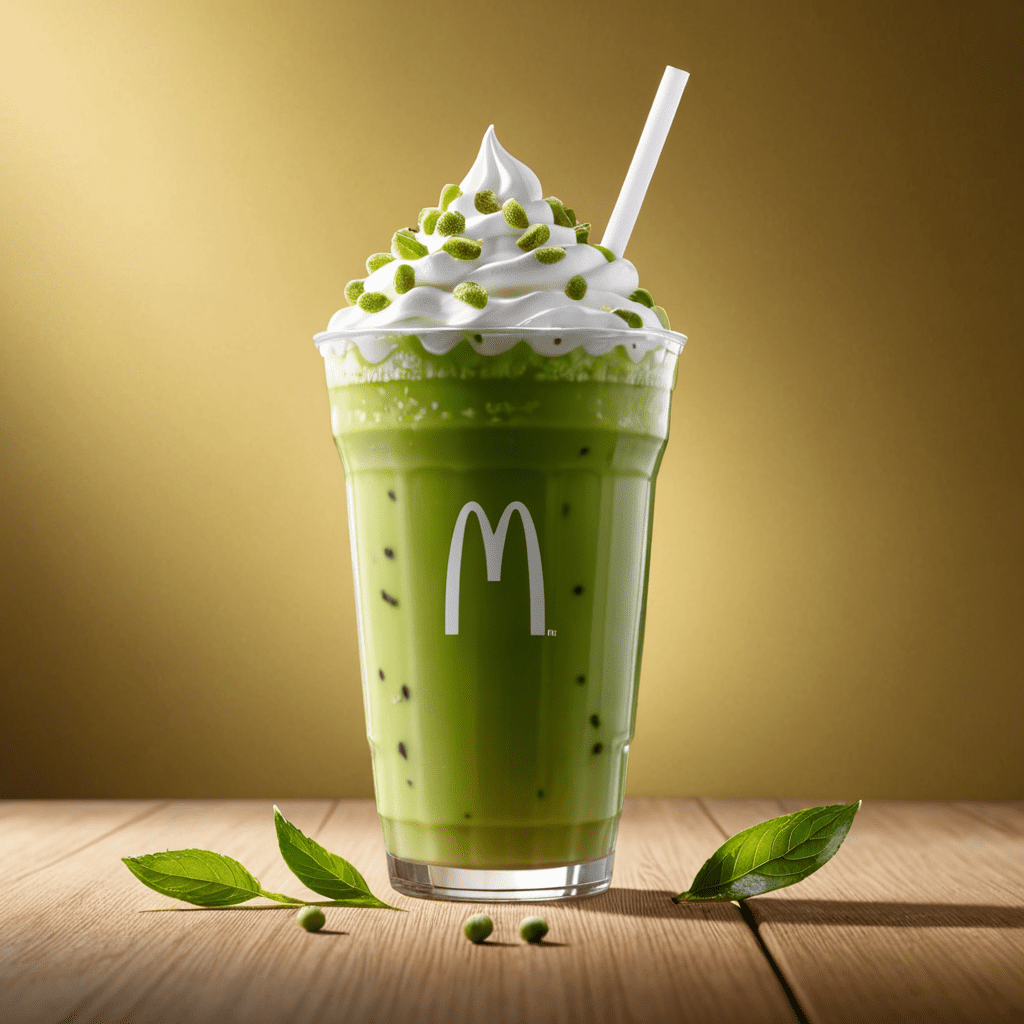
Unlocking the Art of Green Tea Steeping: A Guide for Infusing the Perfect Cup
Green tea is a beloved beverage for its light, refreshing taste and numerous health benefits. To fully enjoy its flavor and benefits, mastering the art of steeping green tea is essential. The length of steeping time significantly impacts the taste and quality of your brew. In this guide, we’ll delve into the nuances of green tea steeping to help you achieve the perfect cup every time.
The Basics of Green Tea Steeping
Before delving into steeping times, it’s crucial to understand the basic principles of brewing green tea. The quality of water, tea leaves, and temperature can all impact the final outcome. Ensure you use filtered water and high-quality green tea leaves to get the best results. Moreover, the water temperature should typically range between 160°F to 180°F for green tea.
Steeping Time Guidelines
The ideal steeping duration for green tea varies based on the specific type of green tea and personal preference. Generally, for traditional green tea varieties such as Sencha or Gyokuro, a steeping time of 1-3 minutes is recommended. On the other hand, for bolder green teas like Matcha, a shorter steeping time of around 30 seconds is optimal. To achieve a milder taste, a shorter steeping time is preferred, while a longer steeping time intensifies the flavor.
Experimentation and Personalization
Perfecting the steeping time for green tea often involves some experimentation. Factors such as the type of tea, leaf size, and personal taste preferences all play a role in determining the ideal steeping time. It’s advisable to start with the recommended time and adjust based on the strength and taste you desire to develop a personalized steeping routine.
Tips for Optimal Steeping
To ensure a consistently delightful cup of green tea, consider the following tips:
- Use a timer to precisely monitor the steeping time
- Consider using a tea infuser or strainer to contain the leaves while steeping
- If the flavor is too intense, adjust the steeping time by small increments until it meets your preference
Enhancing the Experience
Beyond steeping time, other factors such as ambience, teaware, and accompanying snacks can elevate the overall green tea drinking experience. Experiment with different teacups, teapots, and even traditional tea ceremonies to add a cultural and sensory dimension to your tea ritual. Pairing green tea with light, complementary snacks like fruits or rice crackers can further enhance the enjoyment of your brew.
FAQ – Frequently Asked Questions
Q: Can I reuse green tea leaves for subsequent steeping?
A: Yes, green tea leaves can often be steeped multiple times, with each subsequent infusion revealing different flavor profiles. Adjust the steeping time for each subsequent brew to ensure a balanced and enjoyable taste.
Q: Does the type of water impact the steeping process?
A: Absolutely, using filtered or spring water is ideal for green tea steeping, as it ensures a cleaner taste without any unwanted mineral flavors that may be present in tap water.
Q: What if my green tea becomes bitter after steeping?
A: Bitterness in green tea can often result from oversteeping. To remedy this, try using a lower temperature for steeping or reducing the overall steeping time. Additionally, adjusting the tea-to-water ratio can also contribute to a smoother, more balanced flavor.
Q: Are there specific steeping times for flavored green teas?
A: Flavored green teas, such as jasmine or fruit-infused varieties, often have slightly different steeping requirements. It’s advisable to refer to the specific instructions provided with the tea or begin with a shorter steeping time to avoid overpowering the base green tea with the added flavors.
Q: Can I cold steep green tea?
A: Cold steeping green tea, often referred to as cold brewing, is a popular method for creating a refreshing, mild tea without the bitterness that can sometimes result from hot steeping. Simply combine green tea leaves with cold water and allow it to steep in the refrigerator for several hours or overnight for a delightful cold brew.


